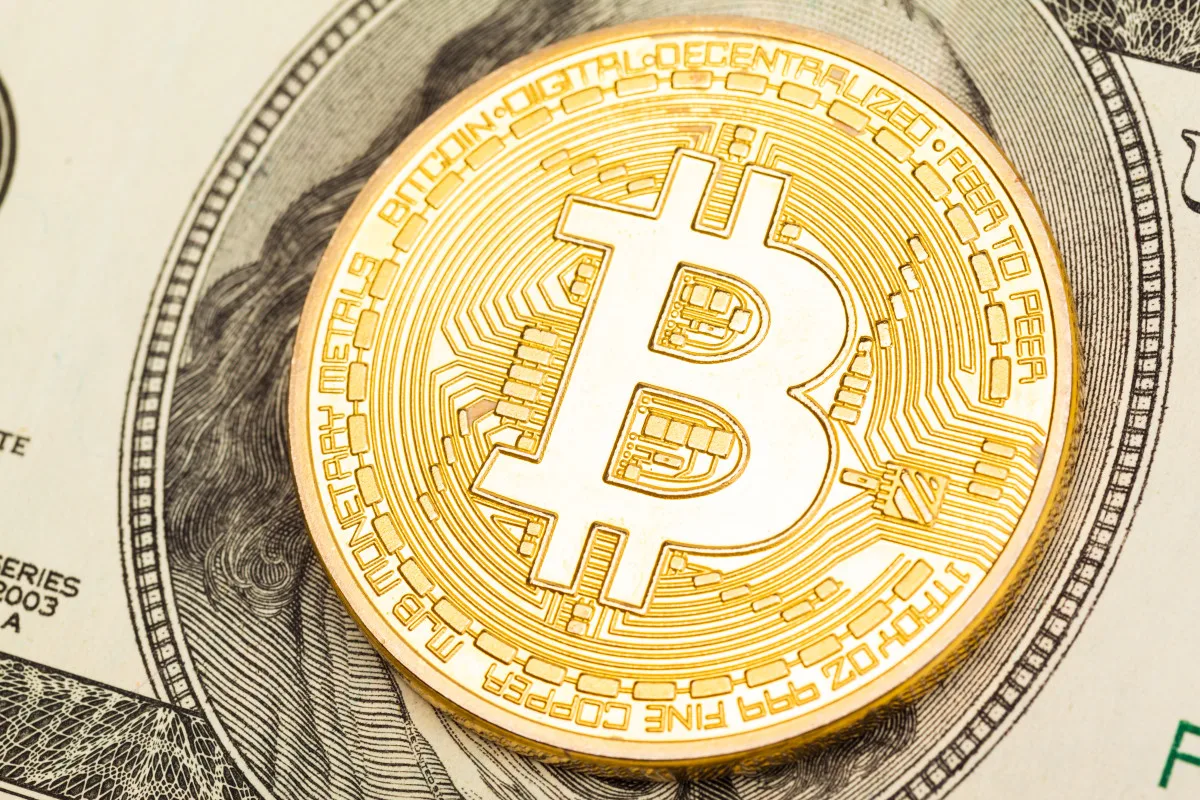Are NFTs dead or evolving? This intriguing question is the subject of many discussions as the non-fungible token (NFT) market continues to experience significant fluctuations. With 96% of NFTs now considered “dead” and a substantial drop in their trading volume, it raises critical concerns. Despite achieving astronomical sales in the past, like $91 million for “The Merge” or $69 million for “Everydays,” the current state of NFTs prompts questioning their continuing relevance.
During Breakpoint 2024, a panel featuring members of the ME Foundation, Pudgy Penguin, and Degods, delved into whether NFTs are still a relevant asset or if their time has passed. Although past sales figures were mind-boggling, today’s data challenges the notion of a bright future for NFTs.
At Breakpoint, Tiff Huang, the Go-to-Market Director at ME Foundation, addressed the perception of NFTs “dying.” She attributed this primarily to a dramatic downturn in trading volume. For example, Ethereum NFTs had trades worth around $4 billion in January 2022, which recently plummeted to $400 million. This sharp decline nurtures the belief that NFTs are on the decline.
Huang identified several contributing factors, including the transition from mandatory to optional creator royalties and the ability for many marketplaces to bypass these fees.
OpenSea’s Stance on Enforcing Royalties
Initially, platforms like OpenSea, Rarible, and Foundation introduced automatic royalty systems to support creators. However, due to rising competition, many of these platforms have made royalties optional or offered lower rates to attract more users. This shift aims to cater to buyers and sellers seeking reduced fees. Platforms like X2Y2 and Blur have gained traction by minimizing or eliminating fees, occasionally allowing sellers to forgo royalties entirely. In response, OpenSea and others have found a middle ground, selectively enforcing royalties on high-volume transactions while providing flexibility.
NFT Market Evolution and User Base Dynamics
Huang also emphasized the lack of groundbreaking NFT applications recently. While some gaming and DeFi initiatives show potential, they haven’t gained enough momentum to reinvigorate the market. Additionally, fewer new participants are joining the space. Many who entered during the 2021 surge have shifted to other sectors.
During the discussion, Frank, the creator of Degods, argued that NFTs are evolving rather than fading. He noted that NFTs, which started as exclusive, singular artworks, have transformed into larger, tradable collections like Bored Apes. Over time, the NFT market has become more fungible and easier to trade due to advancements in marketplaces and reduced royalties. Frank believes the essence of NFTs is shifting, but the robust communities surrounding them remain strong. The Degods project continues to provide options to its community while retaining its NFT foundations.
Are Memecoins Taking Over NFTs?
When asked about users’ preference for memecoins over NFTs, Frank noted the scarcity of new NFT projects or mints. In any market, a lack of new content can slow down activity and growth. This scarcity challenges creators and collectors to stay engaged. Furthermore, Frank believes that the demand for large PFP collections, such as those with 10,000 pieces, is waning. This signals a shift away from these dominating the space.
Frank suggested a shift towards smaller, more exclusive collections, using Boogles on the Solana blockchain as an example. He speculated that the NFT space might return to a model focused on one-of-one (1/1) NFTs or smaller collections, appealing to collectors seeking unique, rare pieces over large, fungible collections.
NFTs’ Continued Value
Luca Schnitzler, CEO of Pudgy Penguins, echoed Frank’s sentiments. He mentioned that successful NFTs are often too expensive for regular buyers and not liquid enough for large investors. Despite this, Schnitzler remains optimistic about the future. Pudgy Penguins are focusing on consumer adoption, both on and off the blockchain, even launching physical products like toys in stores.
While some may view these moves as diversifying away from NFTs, Schnitzler insists they are part of a broader strategy to grow the brand and ecosystem. He believes NFTs still hold value in creating communities and identities. Pudgy Penguins aim to advance the crypto space while benefiting their community.
The Future of NFTs
Regarding the future of NFTs, Schnitzler noted that while some think NFTs have lost their appeal, many top projects are working harder than ever. Although NFT trading and interest have decreased over the past two and a half years, such trends in crypto are cyclical, experiencing highs and lows periodically.
He believes that when the NFT market rebounds, it will emerge stronger, with new projects breaking ground in unprecedented ways. According to Schnitzler, projects like “Pudgy Penguins,” which garnered significant attention during the NFT resurgence, are poised for another wave of success. Similarly, the creator of Degods predicted that Solana would be the primary platform driving the next evolution of NFTs, surpassing other blockchains.
In other news, Coinbase has launched a $6 million fund to protect NFT creators under SEC scrutiny.
Are NFTs dead or merely evolving? The insights from Breakpoint 2024 suggest that while the market faces challenges, the fundamental concept of NFTs, along with their devoted communities, is still very much alive and evolving.
Click here for more trading tips and strategies.
Discover more from Make Money Online and Work From Anywhere
Subscribe to get the latest posts sent to your email.




